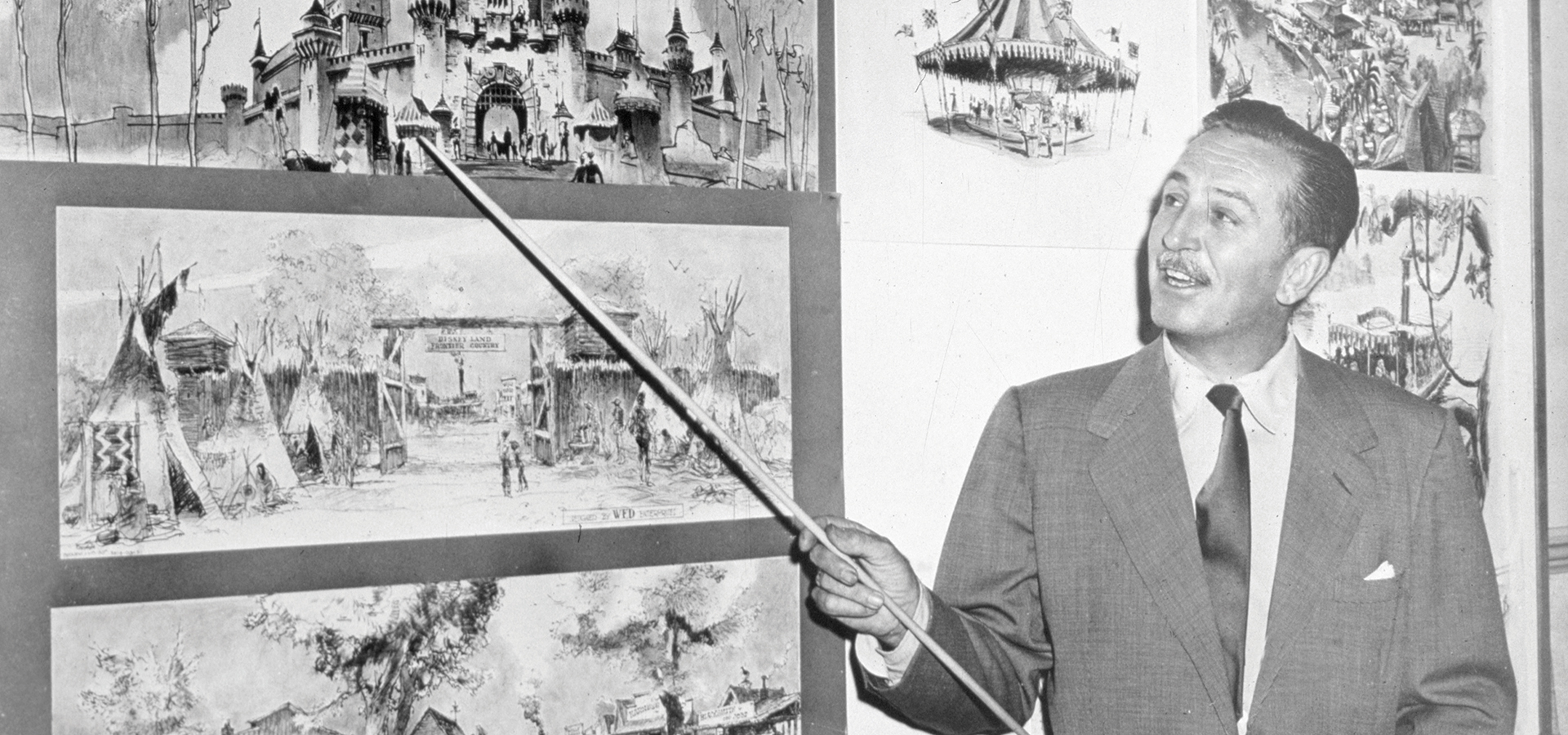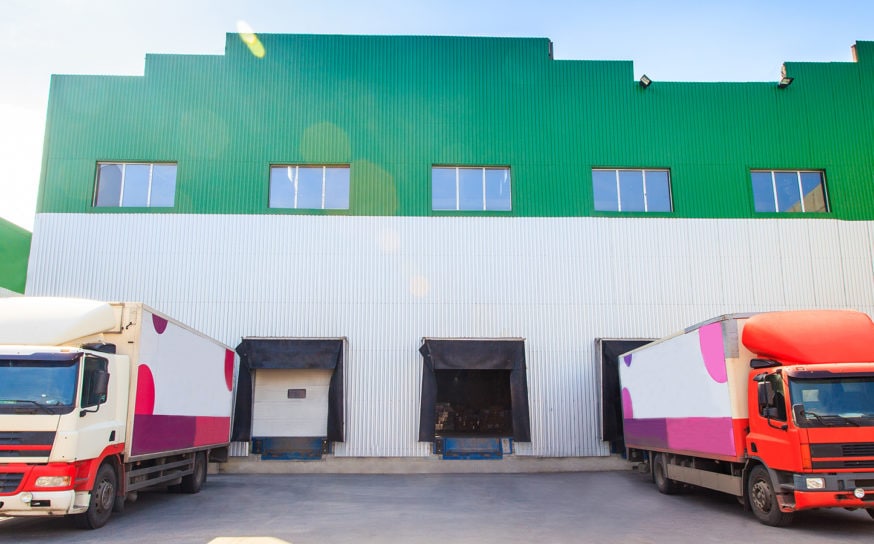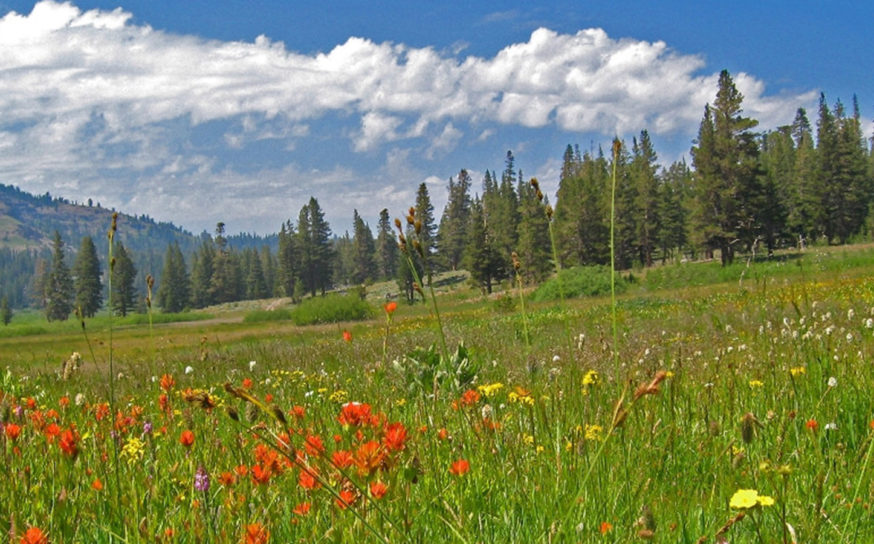Of Mouse and Man: Celebrating 100 Years of the Walt Disney Studios
Sketching a dream.
-
CategoryArts + Culture, Film + TV, Makers + Entrepreneurs, Time Capsule
-
Written byMichele Garber
-
AboveWalt Disney with sketches of Disneyland in 1955. (Photo by Hulton Archive/Getty Images)
Walt Disney was one of the most influential figures of the 20th century. The quintessential self-made man, he embodies the American dream. His education was minimal and his roots humble. But his innate curiosity and vivid imagination—combined with his drive, confidence and fearless tenacity—ensured success in entertainment.
His achievements began early and lasted throughout his life. By age 20 he had founded his first animation studio. At age 26 he created Mickey Mouse, the world’s most recognizable cartoon character. He won the first of his 26 Oscars at age 31, and he still holds the record for the most Oscar nominations (59) and wins (26).

Throughout his career, Walt endured setbacks. Undeterred, he used adversity to inspire invention and achieve further success. When his first animation studio went bankrupt, he moved to California and started Disney Brothers Cartoon Studio. And when his distributor stole Oswald the Lucky Rabbit from him and poached his animators, he rebounded by creating Mickey Mouse.
As Walt said, “I think it’s important to have a good hard failure when you’re young. I learned a lot out of that. It makes you aware of what can happen to you. Because of it, I’ve never had any fear in my whole life.”
Walt’s numerous innovations revolutionized animation and the film art form. He was the first to insert a live actor into a cartoon world in “Alice Comedies,” and he was the first to synchronize sound with animation in Steamboat Willie—receiving critical acclaim for its ingenuity. When scoring Fantasia, Walt spearheaded the development of the multi-aural reproduction system Fantasound. This created a stereophonic theatre experience that was a precursor to surround sound.
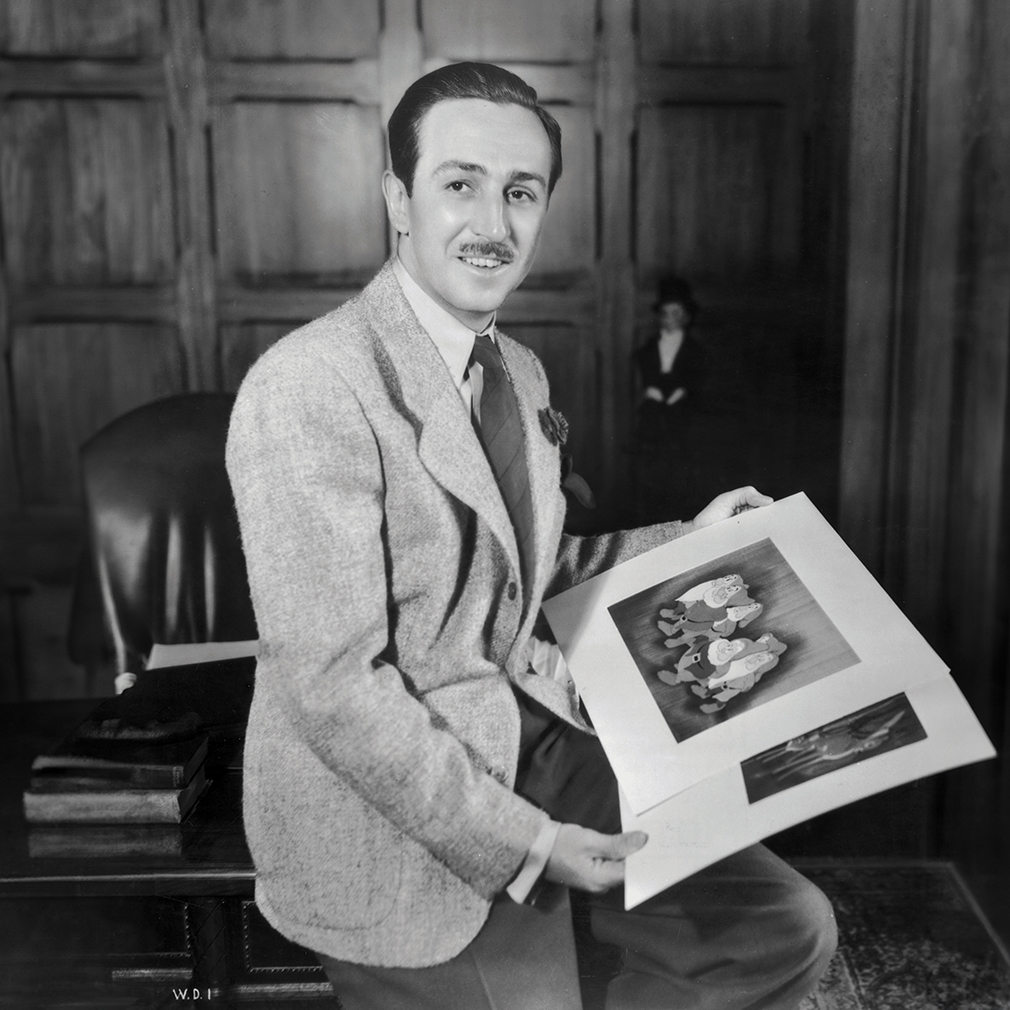
One of Walt’s most significant innovations was the development of cel animation and the use of a multiplane camera, which gave animated film depth, vibrant color and a lifelike appearance. Not only did it vastly improve the visual experience of animated film, it also streamlined the animation process—making animated production much more efficient.
Walt’s crowning animation achievement was the 1937 release of Snow White and the Seven Dwarfs, the first full-length animated feature film. Though skeptics labeled it “Disney’s Folly”—heralding its certain failure—a star-studded premiere at Los Angeles’ Carthay Circle brought the adult audience to tears, drew a standing ovation and went on to make $8 million in its initial release (equivalent to $169 million today).

Snow White’s technological breakthroughs forever altered the way audiences perceive and experience animated entertainment, garnering Walt Disney Studio a new level of respect and Walt a special Oscar for pioneering innovation. After Snow White, Disney released Pinocchio, Fantasia, Bambi and Dumbo. Each subsequent film further advanced filmmaking techniques.
Beyond animation, Walt also made a series of nature films. He further played with blending live action and animation in the beloved film Mary Poppins. He introduced The Mickey Mouse Club and The Wonderful World of Disney, revamping television programming. And of course, Walt opened Disneyland.
In 1964 he created multiple attractions for the New York World’s Fair. These were discreet test runs for a much bigger development Walt was planning: the Florida Project, which would become EPCOT and Walt Disney World.
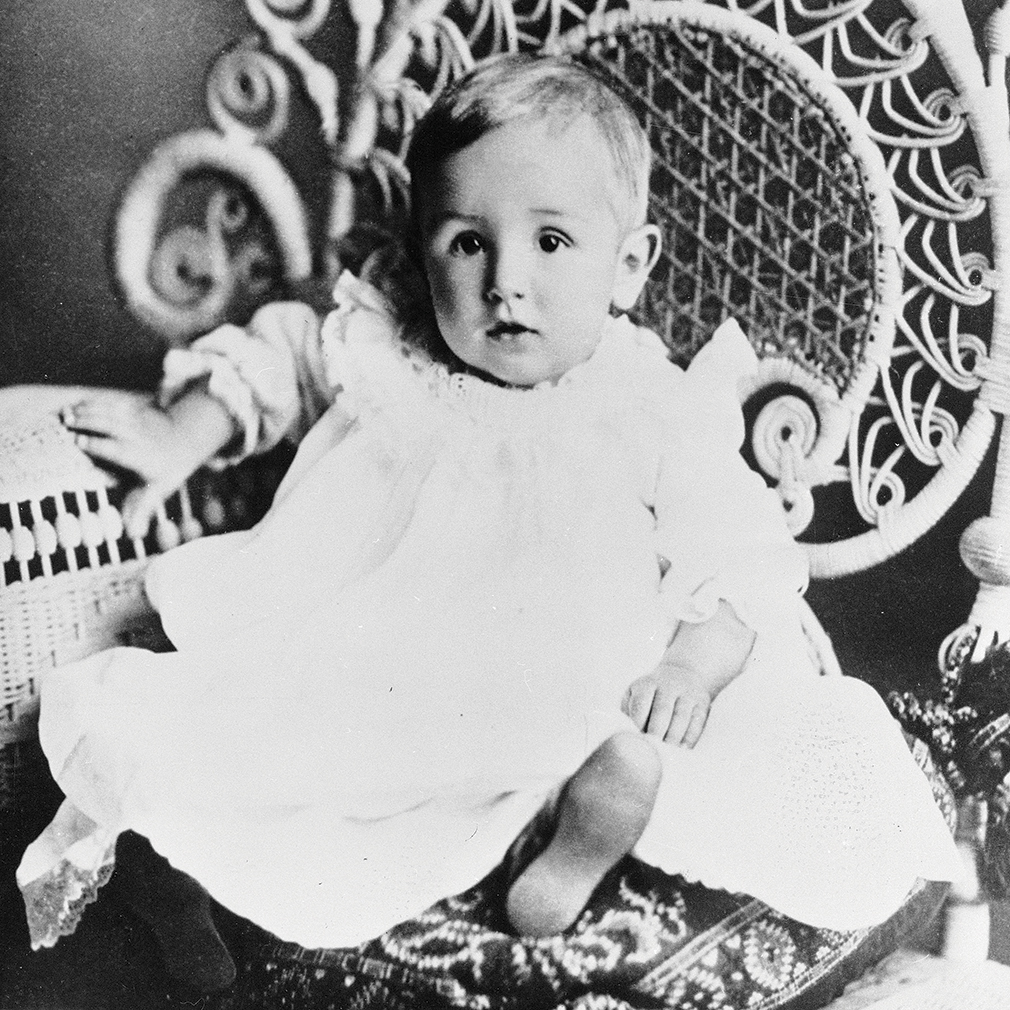
The Early Years
Born in Chicago on December 5, 1901, Walter Elias Disney was the fourth of Elias and Flora Disney’s five children. When Walt was 4, the Disneys moved to a 45-acre farm in Marceline, Missouri. Though they only lived in Marceline for four years, it was a formative period in Walt’s youth that shaped his character and sensibility.
For young Walt, Marceline was a magical place. The bucolic small town had a quintessential American main street. The Disneys’ farm had apple orchards, a menagerie of farm animals and ample space for a boy to play. Walt developed his lifelong reverence for nature and animals by exploring the nearby woods, where he would pick wild berries and observe woodland creatures. Marceline was an idyllic place that decades later would inspire Main Street and the railroad in Walt’s theme parks.
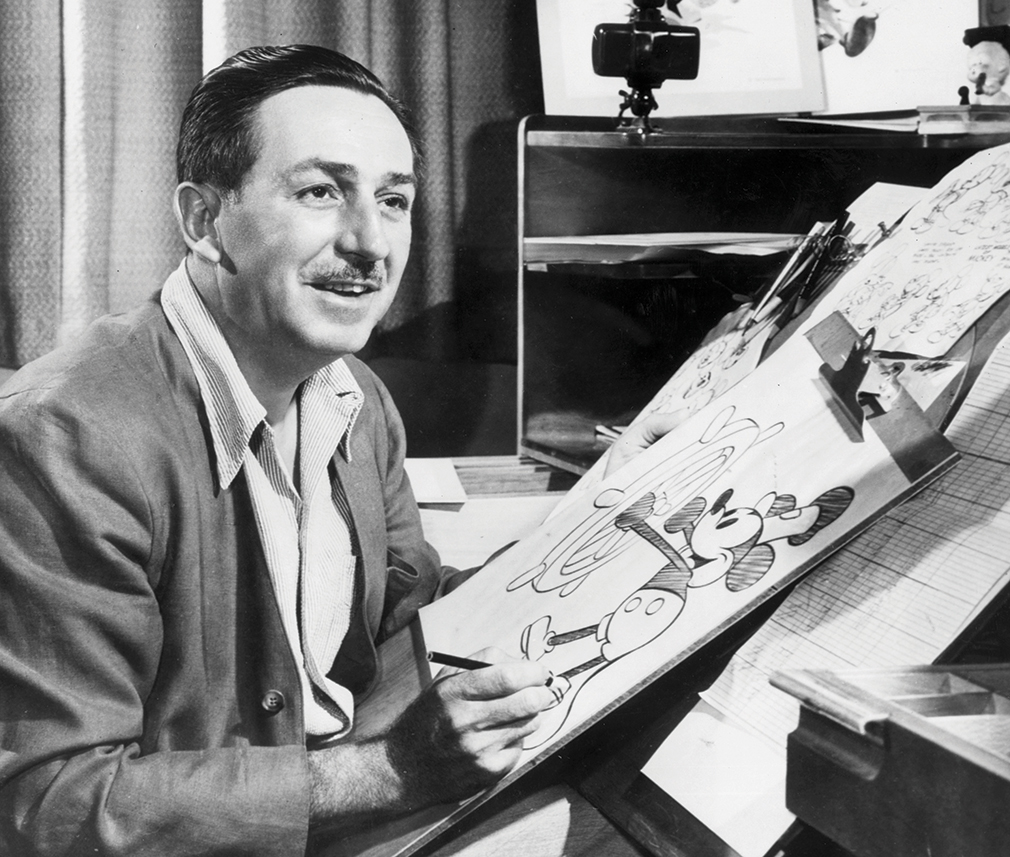
The family moved to Kansas City when Elias purchased a newspaper distributorship and put 8-year-old Walt to work for the next seven years. Walt delivered papers starting at 4:30 a.m. before school and again until late in the evening seven days a week, losing the innocence and simple pleasures of his boyhood.
Yet he maintained a playful spirit. Whenever he found spare time he read stories by Mark Twain, Robert Louis Stevenson and Charles Dickens. He befriended his classmate Walter Pfeiffer, whose gregarious family introduced him to vaudeville. Walt and Walter performed routines for family and schoolmates and eventually in local theatres. Walt discovered he had an innate gift for entertaining people and making them laugh, as well as a talent and passion for drawing.
So at just 15, he decided to become a cartoonist. During high school Walt took art classes, drawing and improving his skills. Too young to enlist in World War I, he drew pro-military posters to support the war effort before fudging his age to volunteer with the Red Cross.
Just after the war ended, Walt was deployed to France at age 16 as a driver with the Red Cross Motor Corps. After a year in postwar Europe, he returned stateside ready to launch his career and opted not to finish high school.
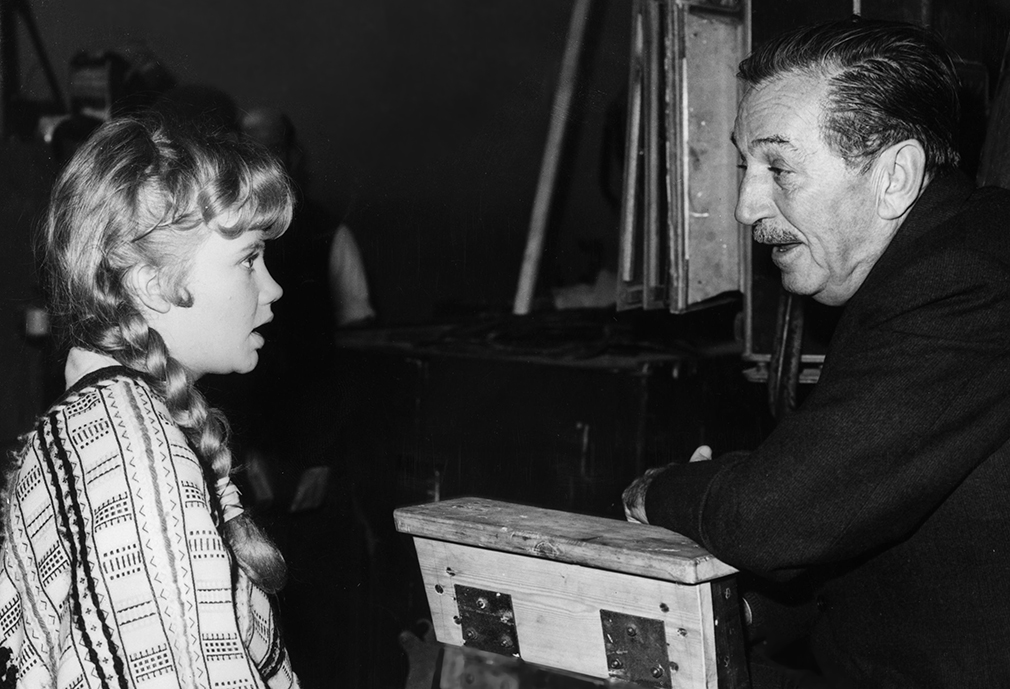
Success and Setbacks
Walt moved back to Kansas City and took a job at an advertising agency. He met Ub Iwerks, a kindred spirit who became his lifelong collaborator. A superior artist to Walt, Ub worked closely with Walt through all iterations of his studios. Considered the first Disney Imagineer, he was instrumental in the creation of Oswald, Mickey Mouse and Silly Symphonies, as well as the development of Disneyland and more.
Walt first became fascinated with animation while working at The Kansas City Film Ad Company, which made one-minute ad films using stop-motion so cartoons appeared to move. He read E.G. Lutz’s Animated Cartoons handbook on the essentials of animation and Eadweard Muybridge’s The Human Figure in Motion. With a borrowed camera, he created his own animated cartoons and sold them to a theatre company.
Walt’s cartoons were a hit, so he rented a small shop and hired three aspiring cartoonists to whom he gave night classes in animation. Walt left the ad company, incorporated Laugh-O-gram Films, got Ub to join him, purchased new equipment and hired a team of employees. He made a deal with Pictorial Clubs, a distribution company, to deliver six cartoons for $11,000.
When Pictorial Clubs went out of business, Walt had one last ingenious idea for a film that might save Laugh-O-gram Films. He would place a real girl inside a cartoon world and call it Alice’s Wonderland. He sent letters to New York cartoon distributors, including Margaret Winkler, who expressed interest in distributing Alice’s Wonderland. But it was too late. Laugh-O-gram was bankrupt.

Hollywood Bound
Walt’s first film studio had failed, and he wanted a fresh start. Roy was living in Los Angeles, which was rapidly becoming the epicenter of the entertainment industry. Walt decided to move to Hollywood to become a live-action film director. He sold his camera, packed his few belongings and splurged on a first-class ticket on the Santa Fe California Limited.
Having no luck breaking into live-action films, Walt reapproached Winkler with Alice’s Wonderland. She offered to distribute six “Alice Comedies” at $1,500 each, with an additional six at $1,800 each and an option for two more six-film series. In October 1923, Walt and Roy signed a contract with Winkler, officially launching Disney Brothers Cartoon Studio.
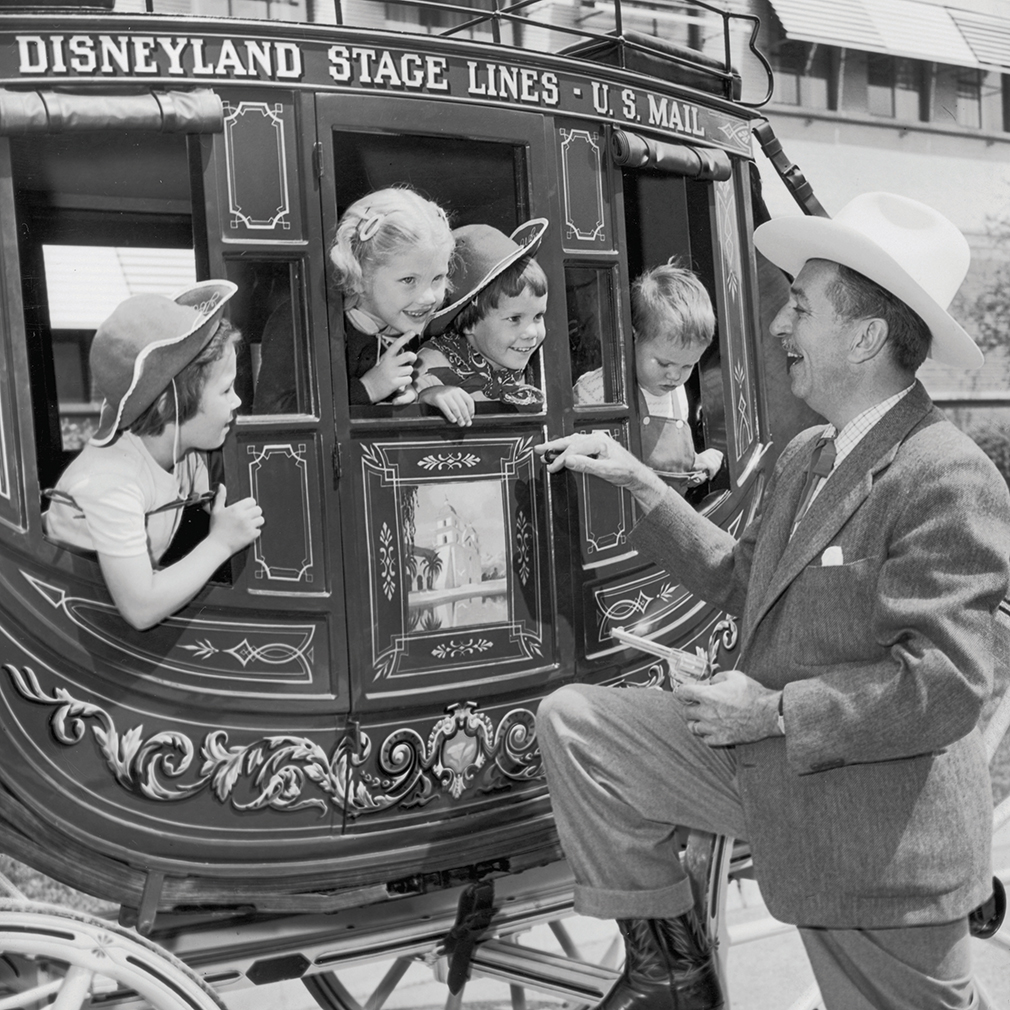
As Walt increasingly became the face of the company, they decided a single name for the company would offer better brand identification and have more box office appeal. So Disney Brothers became Walt Disney Studio, then Walt Disney Productions and ultimately The Walt Disney Company.
The studio was having the common growing pains of a fledgling company—balancing growth with the expense to fund it. For an innovator like Walt, there was never enough money to fund all of his ideas. Disney had severed ties with Winkler Pictures, which repeatedly shorted payments to Disney and then stole Oswald and the Disney animators.
Burned by the loss of Oswald, Walt vowed never to let anyone else own his content. Walt, Roy and Ub secretly developed Mickey Mouse. When Mickey officially debuted in November 1928 in the cartoon short Steamboat Willie, he became an overnight sensation. Flush with cash, Walt and company would embark on decades of entertainment innovation.
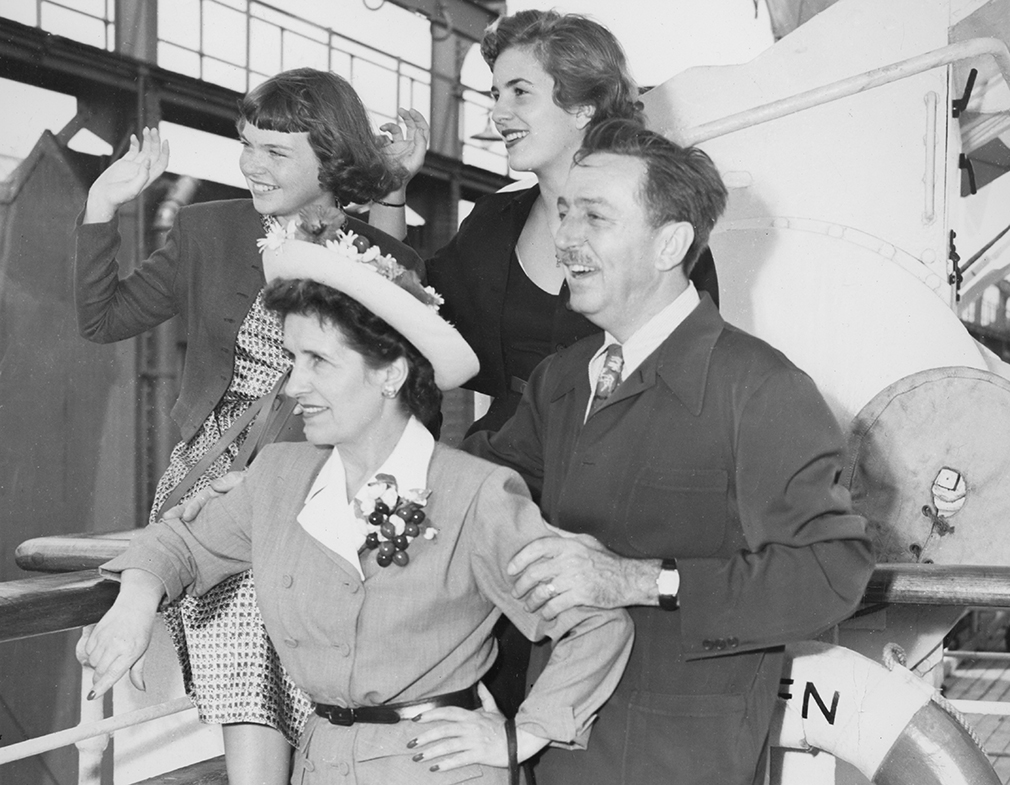
A Family Man
Walt genuinely liked children. He could effortlessly speak with kids without being condescending and inspire them with his candor and enthusiasm. “Over at our place, we’re sure of just one thing: Everybody in the world was once a child,” he said. “So when planning a new picture, we don’t think of grownups and we don’t think of children, but just of that fine, clean, unspoiled spot down deep in every one of us that maybe the world has made us forget, and that maybe our pictures can help recall.”
As essential as the children who loved Disney were to his ethos, nothing was dearer to Walt than his own family. He married his wife, Lillian, when he was 24, and theirs was a love story worthy of a Disney fairytale. They had two daughters, Diane and Sharon, to whom he was completely devoted. He drove them to school every day and had a daddy’s day with them every weekend. It was important to him to have fun with his girls, especially because the fun of his childhood was so limited.
It was during his Saturdays with his daughters that he first had the idea for Disneyland. After opening the first theme park of its kind in 1955, he set in motion plans for another, more ambitious project in Florida. Sadly, he would not live long enough to see that dream become a reality.
Walt passed away in 1966 at the age of 65 from lung cancer. Though the company would move on without him—opening Walt Disney World in 1971 and introducing new films, programming and theme parks during the subsequent decades—his original vision endures. Everything Disney created was meant for all ages to enjoy together.“
I only hope that we never lose sight of one thing,” he said, “that it was all started by a mouse.”
Some California Veterans Are Making Green in the Lucrative Cannabis Industry
From combat to armed cargo.
Deserta Drop Second Single, “Save Me,” From Black Aura My Sun
The shoegaze outfit readies their first full-length for January 17.
The Sierras’ Summer Bloom Expected to Be Epic
Following a wet and snowy winter, the mountain areas should see wildflowers all the way through August.
Get the Latest Stories




